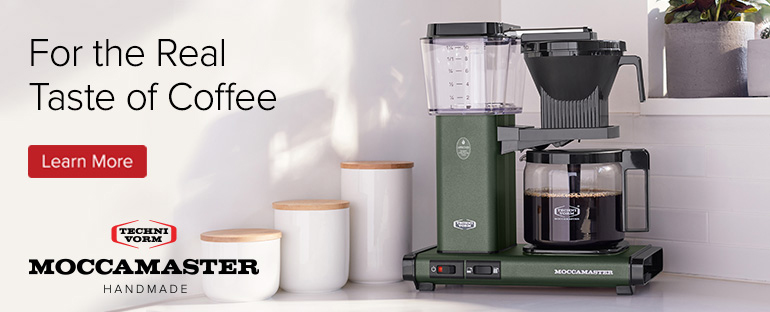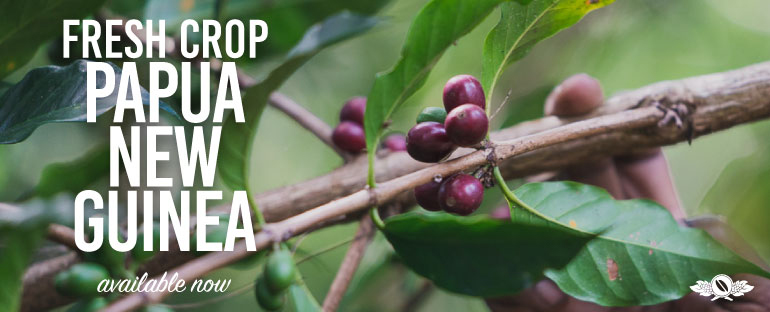
Way back in 2013, Sprudge launched an investigation into barista wages in a worldwide poll that resulted in a then-enlightening find: Australia has the highest-paid baristas in the world. A second poll was later conducted, focusing solely on the land down under and providing deeper insight into the pay of its coffee workers across the country. It was concluded that on average, Aussie baristas were, in fact, being paid about $7/hour more (in USD) than their US colleagues, tips included. But with all of the charts, figures, and past discourse surrounding this topic, I still can’t help but wonder if the barista’s dreamland of free government healthcare, high wages, and personal time off that many outsiders have come to know as the Australian coffee industry is really all it’s cracked up to be.
Australia has a lot to boast about with respect to coffee—hardly new news to the coffee community. Its cafes are beautifully fitted-out with restaurant-like service and food menus to match. Competition-level baristas serve award-winning coffees priced as high as $150 AUD a cup, and overall, the cafe culture itself is globally influential, with regular mentions in popular news outlets.
When you consider all of this and the country’s running report card of coffee professionals who either win or place on the world competition stage, it’s hard to think this isn’t the place to be for a passionate barista. But one still has to ask—do higher wages and the supposed glamor of the Australian barista actually equate to a better quality of life?
“It depends,” says Sharon Akharoh, a Melbourne-based barista originally from Toronto, Canada. Akharoh states the average wage for a barista in Toronto during her tenure was around $11/hour (the conversion between the Canadian and Australian dollar are nearly equal as of this writing), with head baristas and managers getting paid upwards of $15/hour. [Ed. note: As of January 1st, 2018, the minimum wage in Ontario was raised to $14 CAD] According to Akharoh, the long hours, busy shifts, and dealing with customers is much the same, but there are some striking differences.
“[In Toronto] I couldn’t live comfortably as a barista, so I picked up a second job bartending in the evenings,” she tells us. “And collecting tips helped to pay rent and establish a savings. I don’t need to do all of that here.”
Even though Australia’s cost of living is considerably higher, the income per week from one barista job does cover basic expenses more easily.
At press time, the average barista wage in Australia sits between $18-$25/hour. Though, the wage you receive is highly dependent on whether you’re a full-time, permanent part-time, or casual employee, your number of years of experience, and finally, how well you can negotiate your wage and benefits (including superannuation, the retirement fund paid into by employers). This leaves a lot of space for baristas to be overworked and exploited. Much to our surprise, this is the actual reality of a majority of the Australian coffee workforce.
“It’s truly the ‘Wild Wild West of Coffee’ down here,” Jessica Lambie, a Melbourne barista at St. Ali with 10 years in the industry, speaks honestly. “Most baristas are working casual and have no real job security, even though they’re being paid more per hour.”
In lieu of job security and benefits, casual baristas receive the highest rates, typically between $25-$30/hour. The Fair Work Ombudsman (FWO) states that a casual employee “does not have a firm commitment in advance from an employer about how long they will be employed for, or the days (or hours) they will work. A casual employee also does not commit to all work an employer might offer.”
Like many baristas around the world, the schedule of a casual employee could change week to week, but they’re not guaranteed a set (or any) amount of hours. Furthermore, a casual employee isn’t entitled to sick/annual leave or superannuation can end their employment and also have their employment ended at any time unless there’s a contractual agreement. But for nearly all casual baristas, contract agreements are extremely rare.
In Lambie’s long tenure working in New South Wales and Victoria, she’s only signed one or two contracts. Akharoh was originally on a permanent part-time contract at her previous employer but became casual when the contract was voided after the cafe sold to new owners. Georgia O’Connor, Minor Figures Sales & Marketing Manager for the Asia-Pacific region, recalls a similar experience during her time as a barista. O’Connor’s worked in the coffee industry for a decade as well between Sydney, Melbourne, and multiple short stints in London. The only contract she ever signed was at Proud Mary Coffee as a permanent part-time employee.
According to the FWO, permanent part-time (PPT) employees work less than 38 hours a week on average, are entitled to earn annual and sick leave on a pro-rata basis, and are on ongoing employment or fixed-term contracts. In coffee, PPT baristas also earn the least, at $18-$20/hour. Yet in what seems to be an attempt to keep wage costs low but keep the bar staffed, many cafe businesses give their PPT baristas full-time hours (40-50/hours a week) on a PPT rate.
As for the books, they’ll show PPT baristas working close to 38 hours and anything extra is paid out in cash. These situations are very common, according to Lambie, who’s had cafes offer to pay out half on the books, half in cash from the jump. “In my experience, it’s been suggested I also ‘get on the dole’ [apply for welfare], and that’s happened on more than one occasion.”
For O’Connor, this was the motivating reason behind deciding herself to move to casual. “I was already working full-time hours without the pay, and I wasn’t using any of my PPT benefits. It made more sense to not have benefits but better pay.”
So do full-time baristas who work on the books actually exist? They do, but it’s seemingly only offered to the head barista position. Head baristas are often on salary, receive a set amount of sick and annual leave, and guaranteed hours each week. And that’s only if the head barista negotiates those conditions. (I’ve been told it’s more often the case that a cafe’s head barista is casual and will have almost no contracted workers on bar.)
Another major stress, especially for casual employees, is not being able to take off necessary time for health-related or personal reasons due to fears of being let go on the spot. Since the market in Australia is so saturated—notably in Melbourne—cafes can easily find a barista to fill a shift. As a result, turnover rates are high. (At least they have the benefit of nationalized Medicare, which covers basic healthcare needs affordably.)
The exploitation of cafe workers and their wages doesn’t stop there. The FWO requires hospitality businesses to pay their staff a “penalty rate,” or an increased wage, on the weekends and public holidays. To offset the penalty rate and keep from eating into a business’ bottom line, it’s normal for that cost to be passed onto customers through a 10-20% surcharge during those days. It’s also normal, albeit quietly and illegally, for businesses to not pay penalty rates and still have a weekend/public holiday surcharge. But accountability is so low, not much is done about it.
The lack of accountability and normalization of these work environments are why things have rarely changed, not just in coffee but across the hospitality industry. Australia’s wealthiest restaurant empire, the Rockpool Dining Group, was audited last year for severely underpaying workers, but it’s on rare occasion that full action is taken. Employees are not empowered to speak up due to the circumstances they’re under as uncontracted, casual employees. Doing so could result in being out of a job.
Each individual barista will have their own experience, of course, but I know I’ve only scratched the surface of the true realities here. Through whisper networks, I’ve heard accounts of wage inequality, sexual harassment/assault, and discrimination within the cafes of Australia, and perhaps one day Sprudge will investigate further to cover them. But if there’s anything that could be done to at least address barista exploitation and wage theft now, what would it be?
“Everyone should have benefits, regardless if you’re full time, PPT, or casual,” Akharoh states strongly. “Casual baristas get sick too, and I’d also like to go places on paid leave. But job security is probably the biggest thing I’d like to see change.”
O’Connor shares the same sentiment. “No matter what kind of circumstance you’re in, everyone should have a contract, be paid the same, and have superannuation. Things like sick leave, etcetera should be fairly negotiated.”
But in order for most of these ideas to come to fruition, there also needs to be actual accountability. “Something needs to change on how wages in hospitality are enforced, whether that’s by way of unions or legislation,” Lambie begins. “It needs to be policed, but nobody is doing it because they’re afraid to. And since there’s such an oversaturation of baristas, you’re going to do whatever you can to keep that job.”
To answer the original question of whether Australian baristas have it better because they’re paid more, I’m inclined to say no. It’s with our hope, though, that voicing this can inspire a turning point, and Australia can join the rest of the world in creating a more sustainable livelihood for their baristas.
Michelle Johnson is a news contributor at Sprudge Media Network, and the founder and publisher of The Chocolate Barista. Read more Michelle Johnson on Sprudge.
























